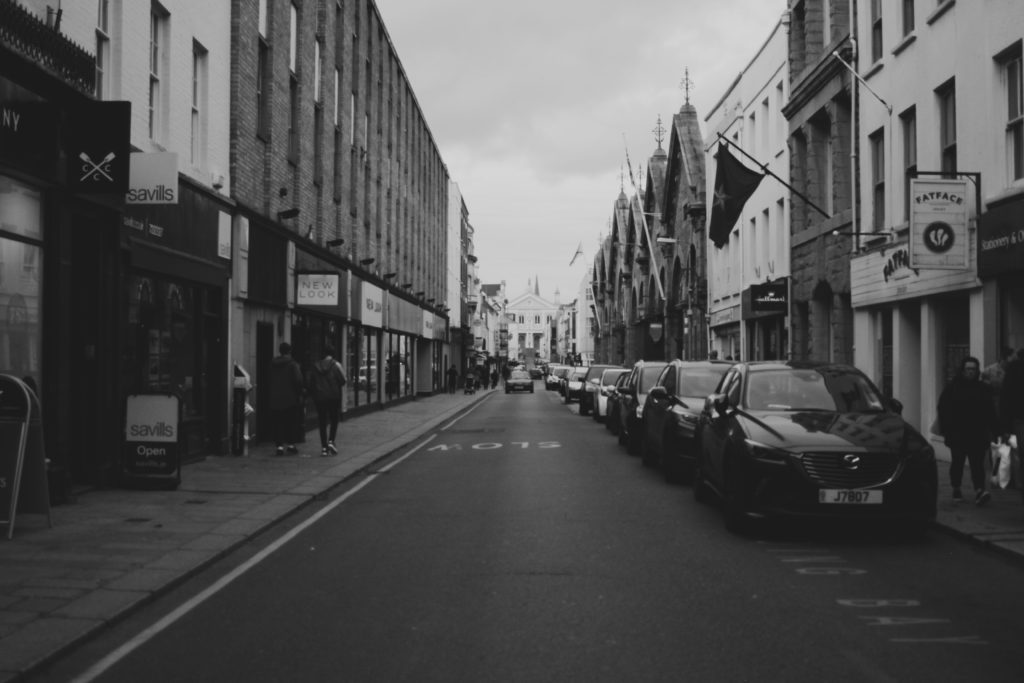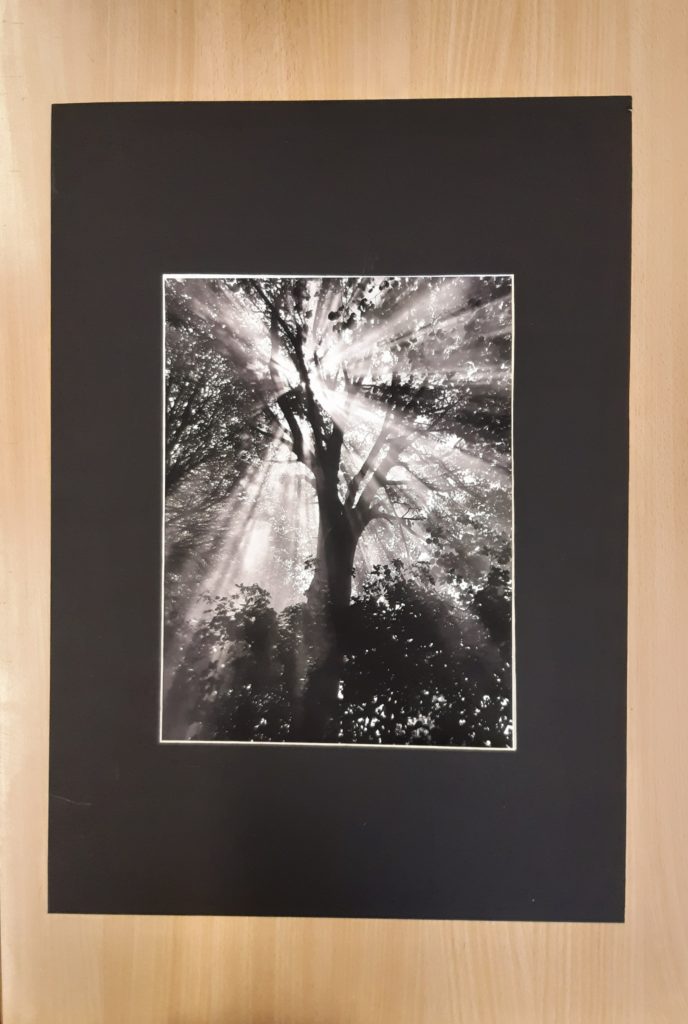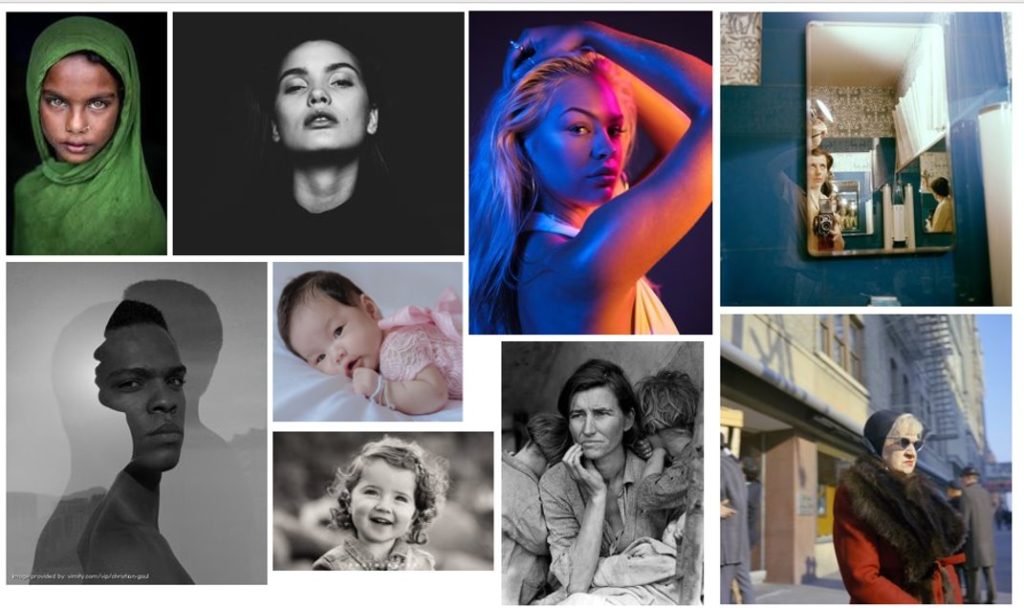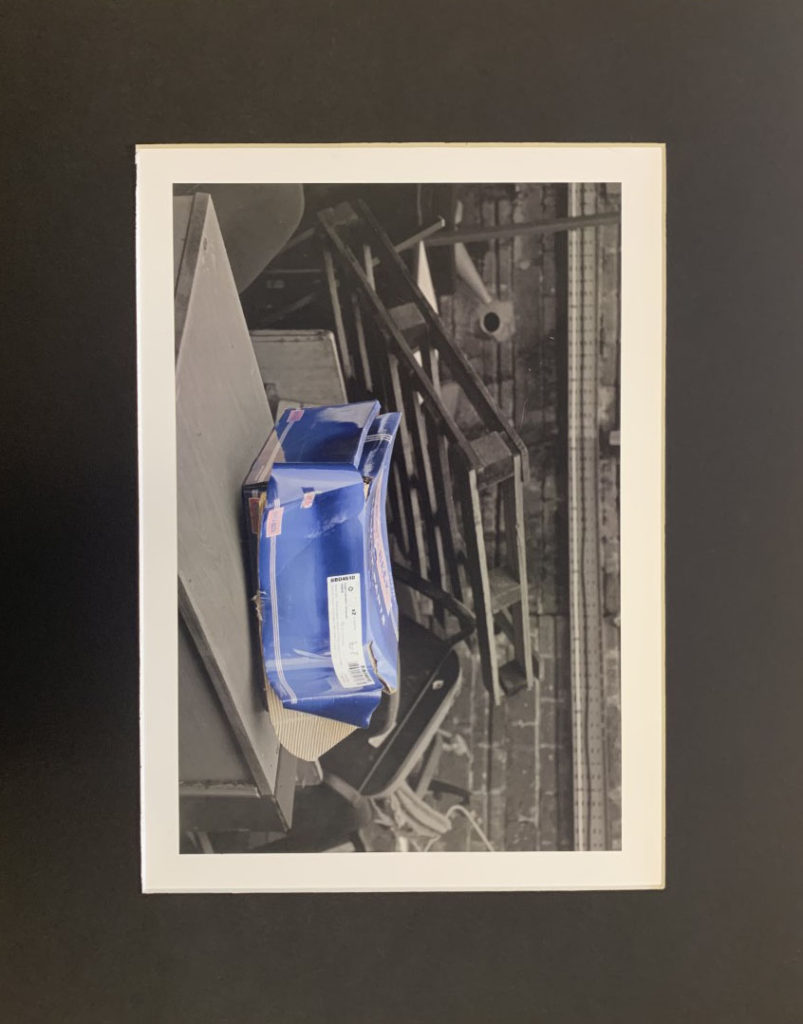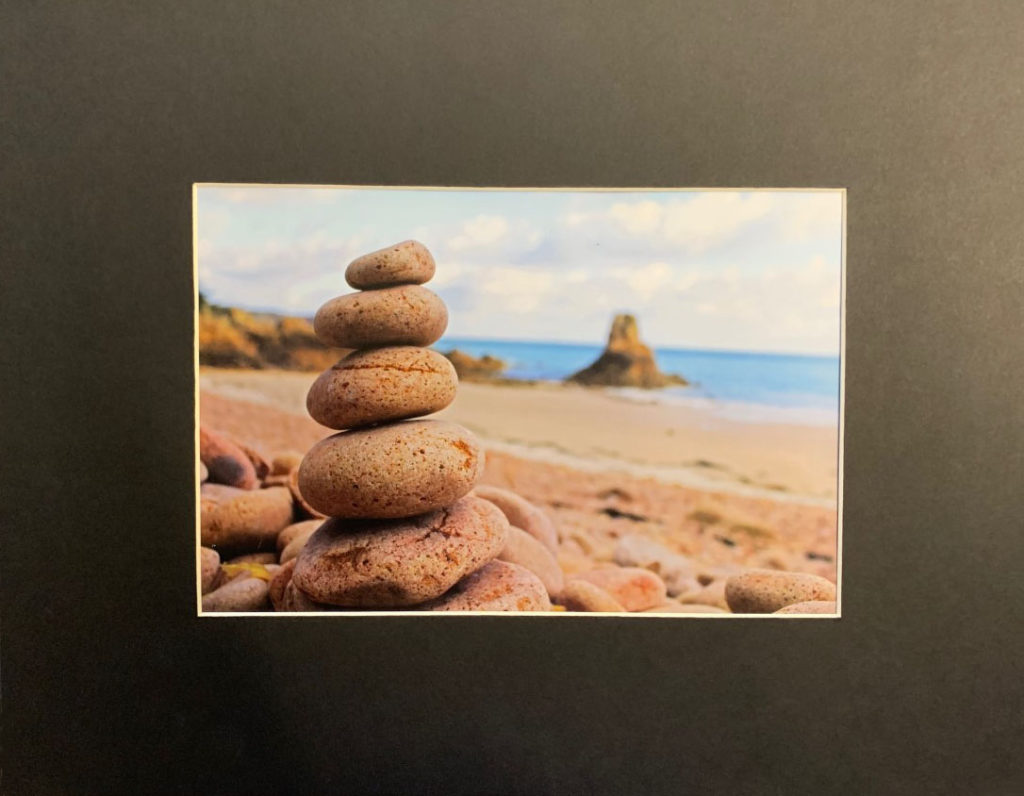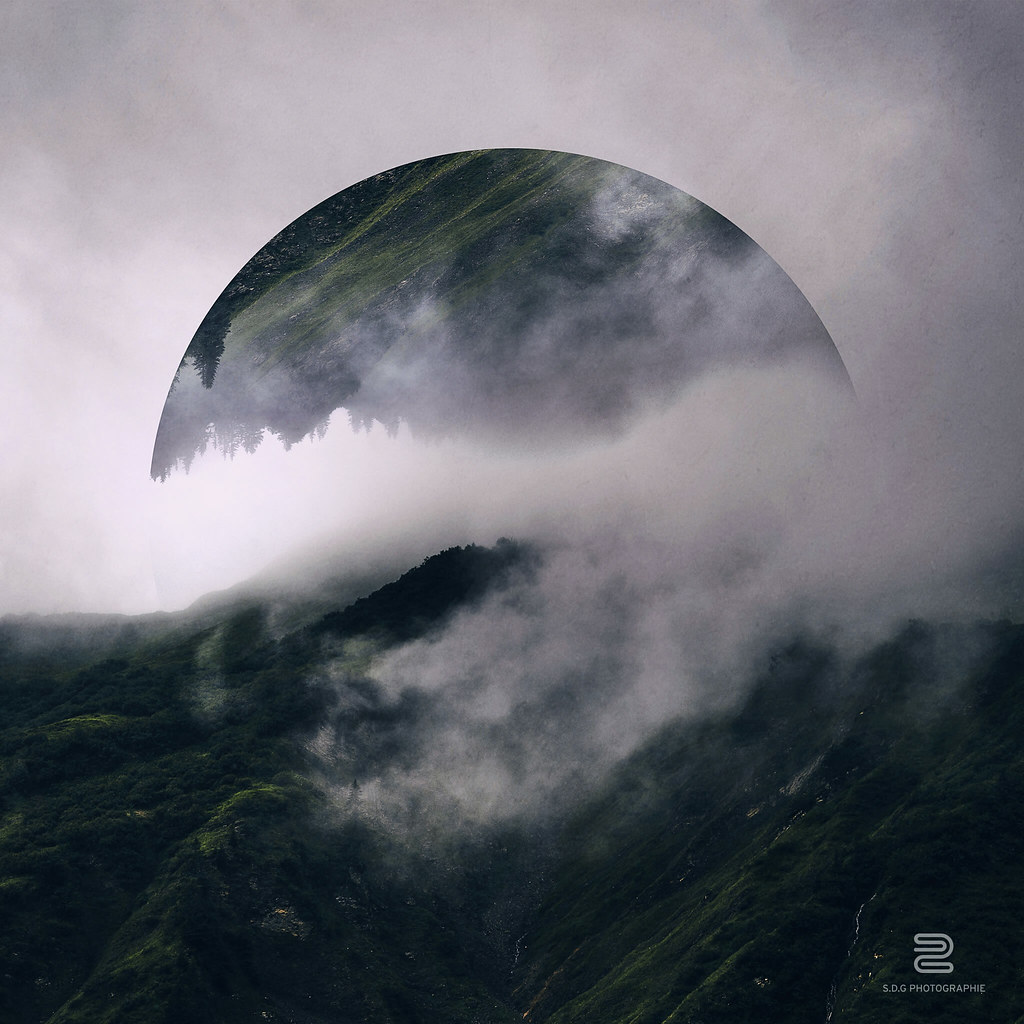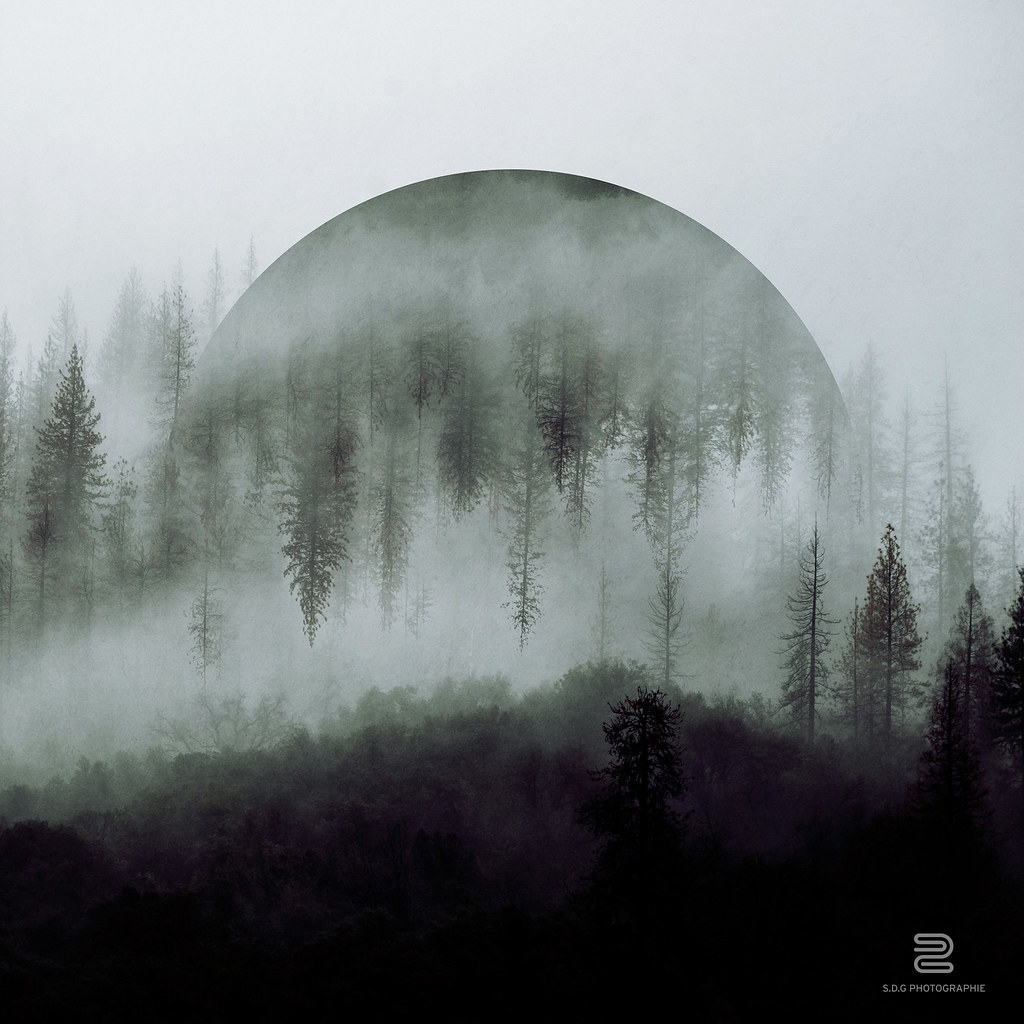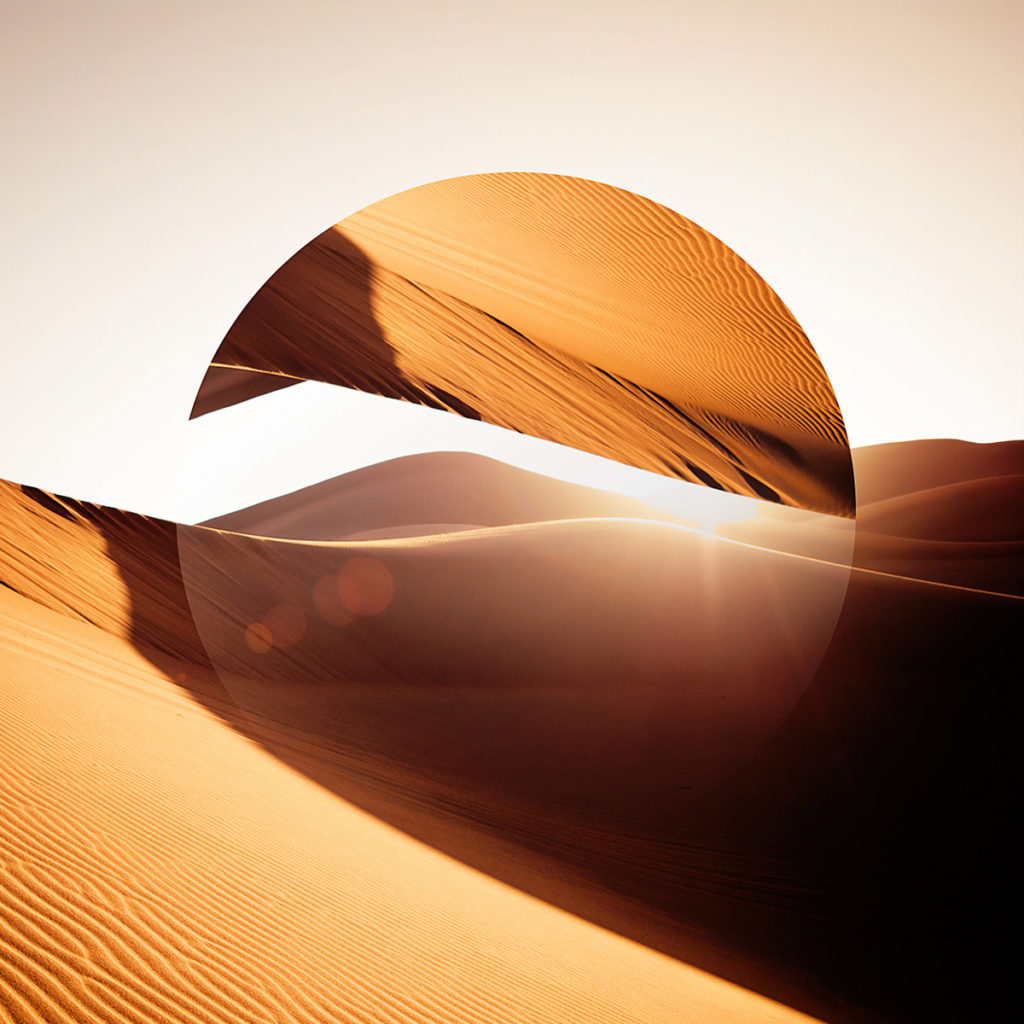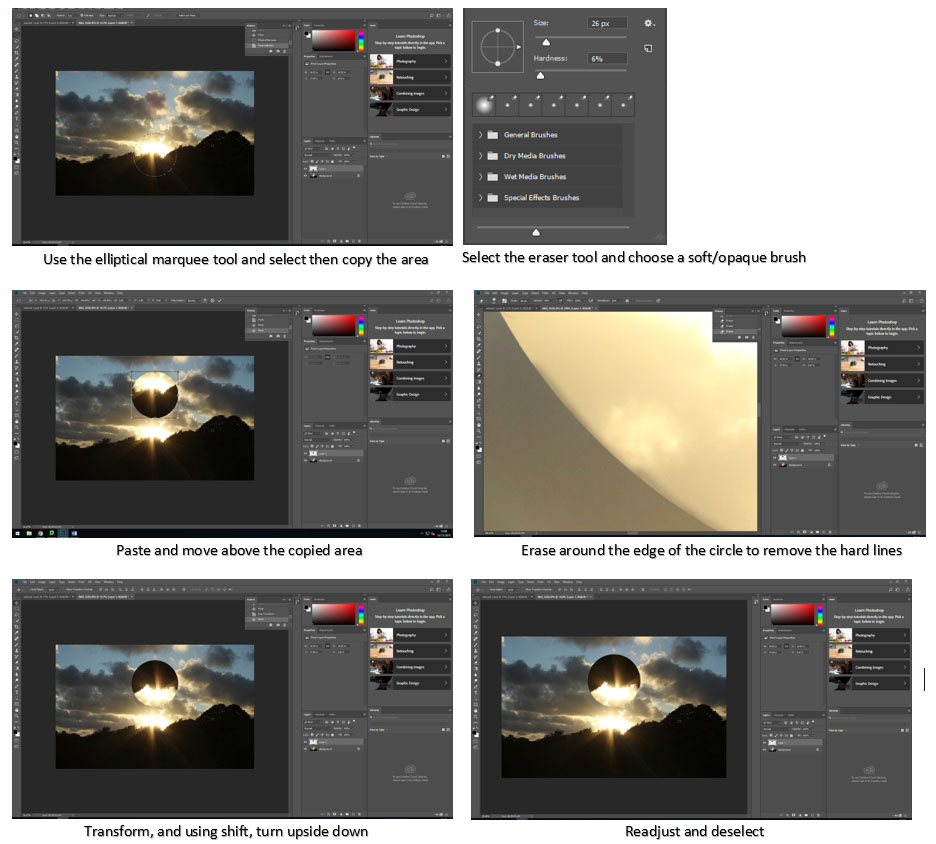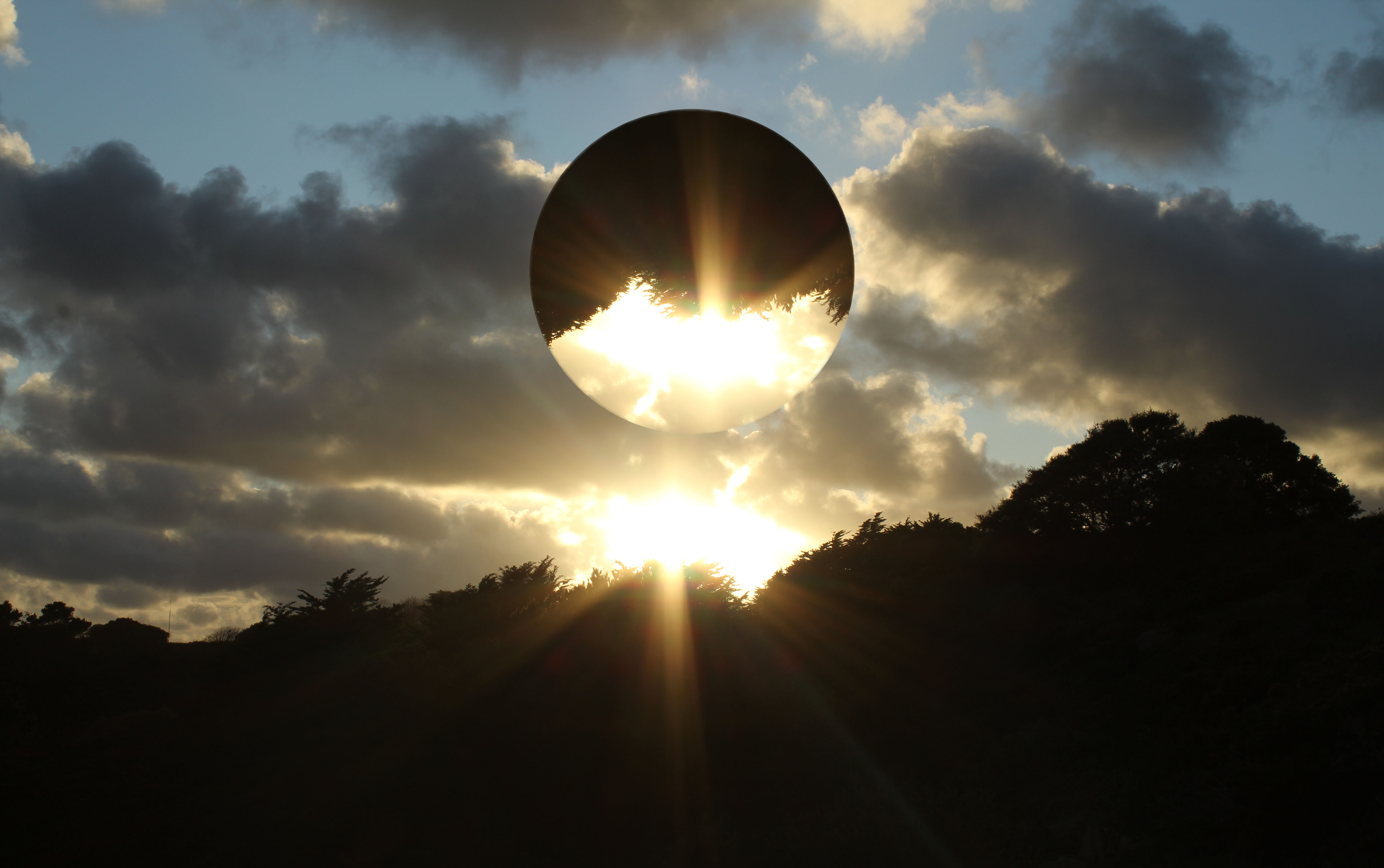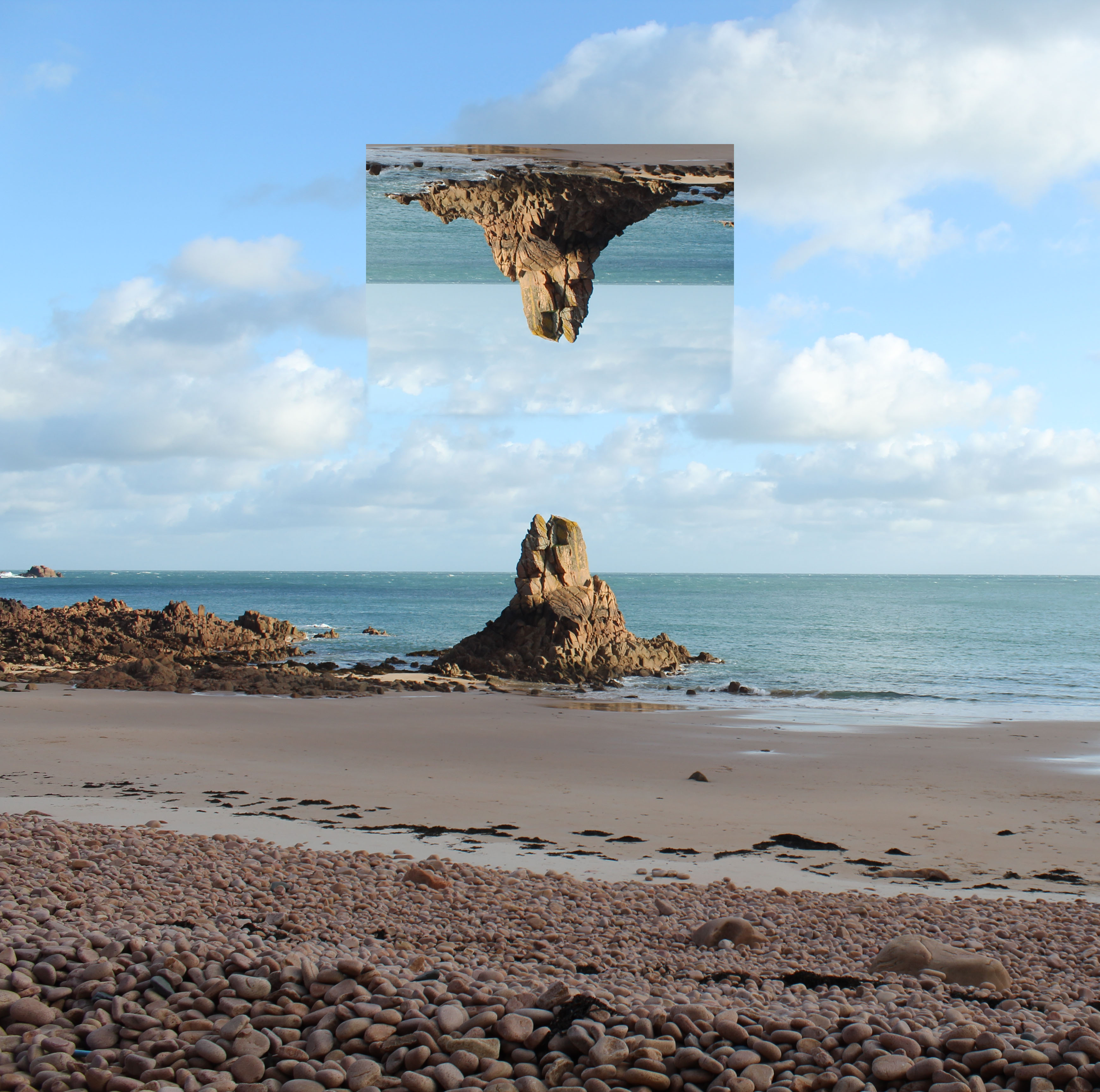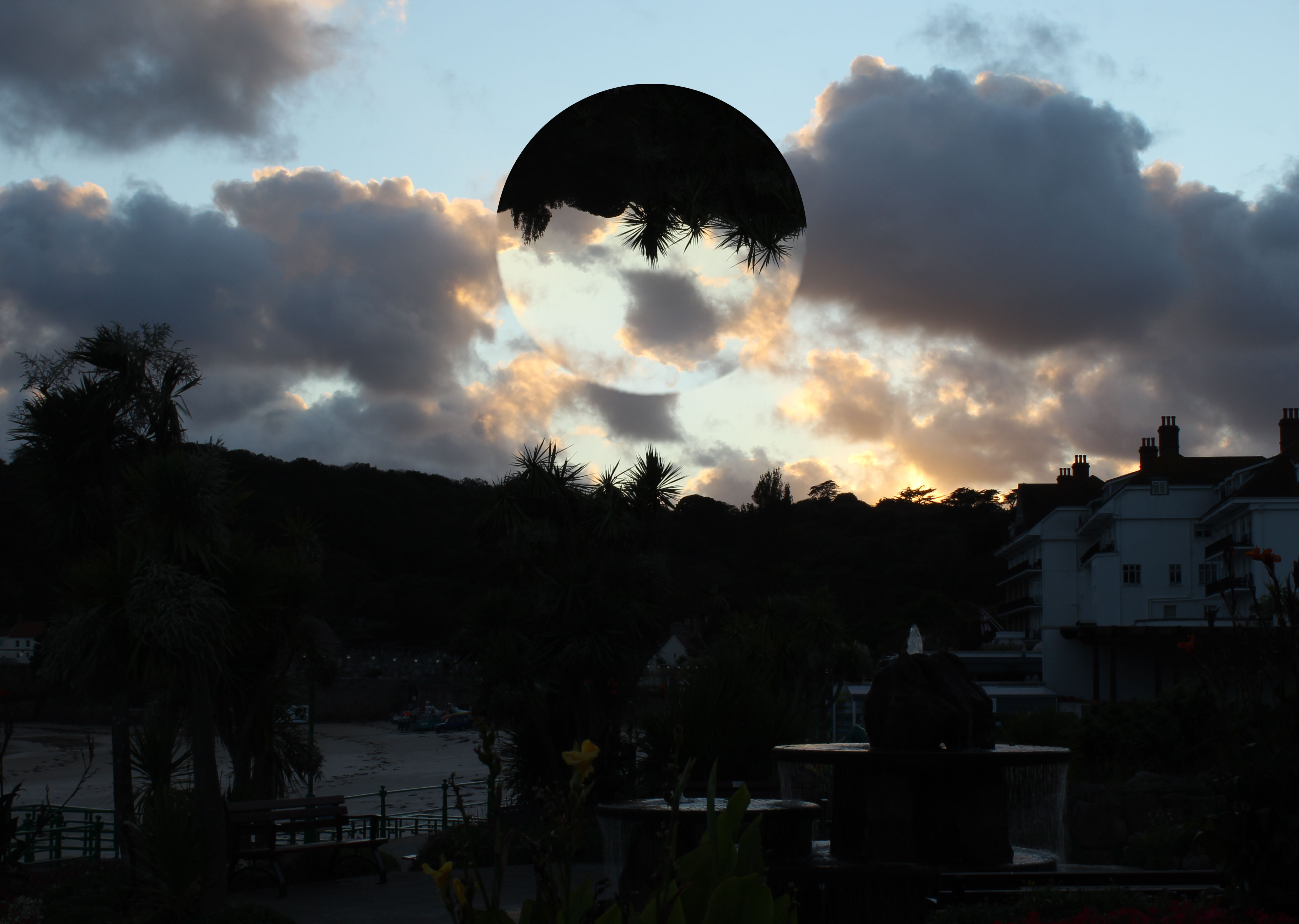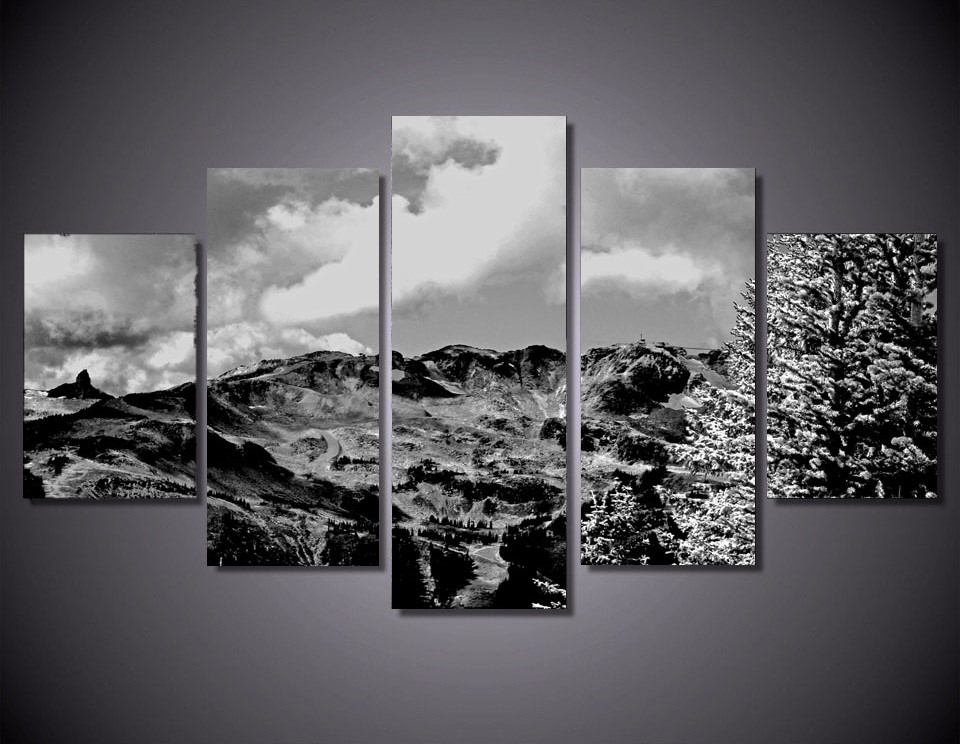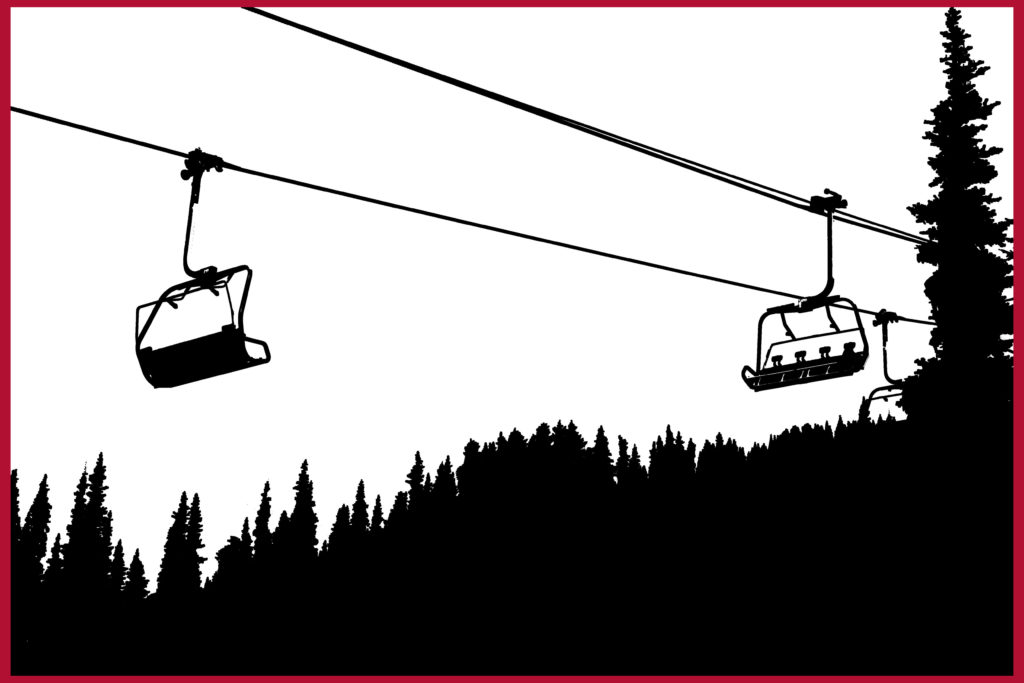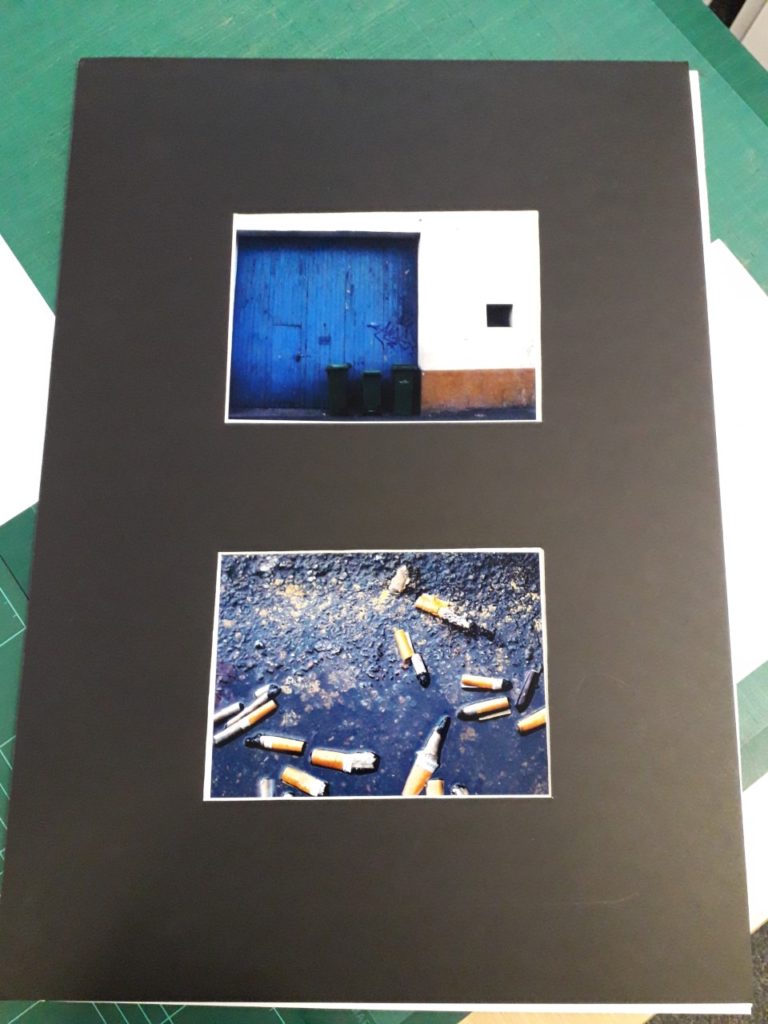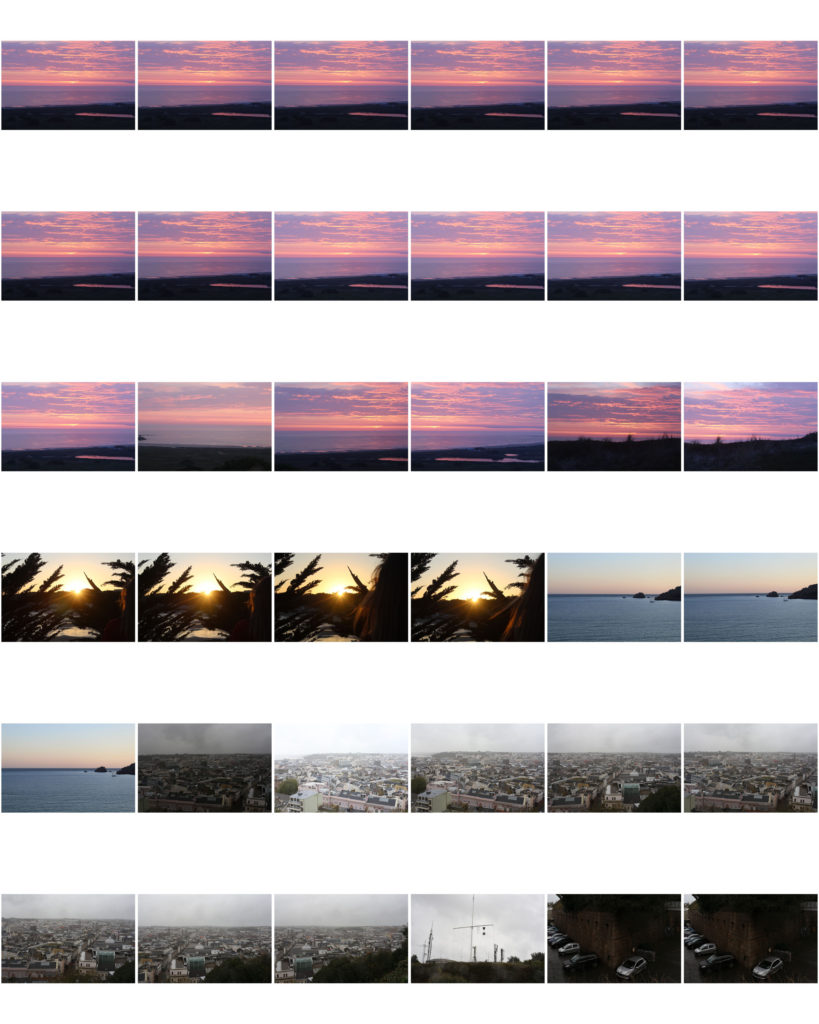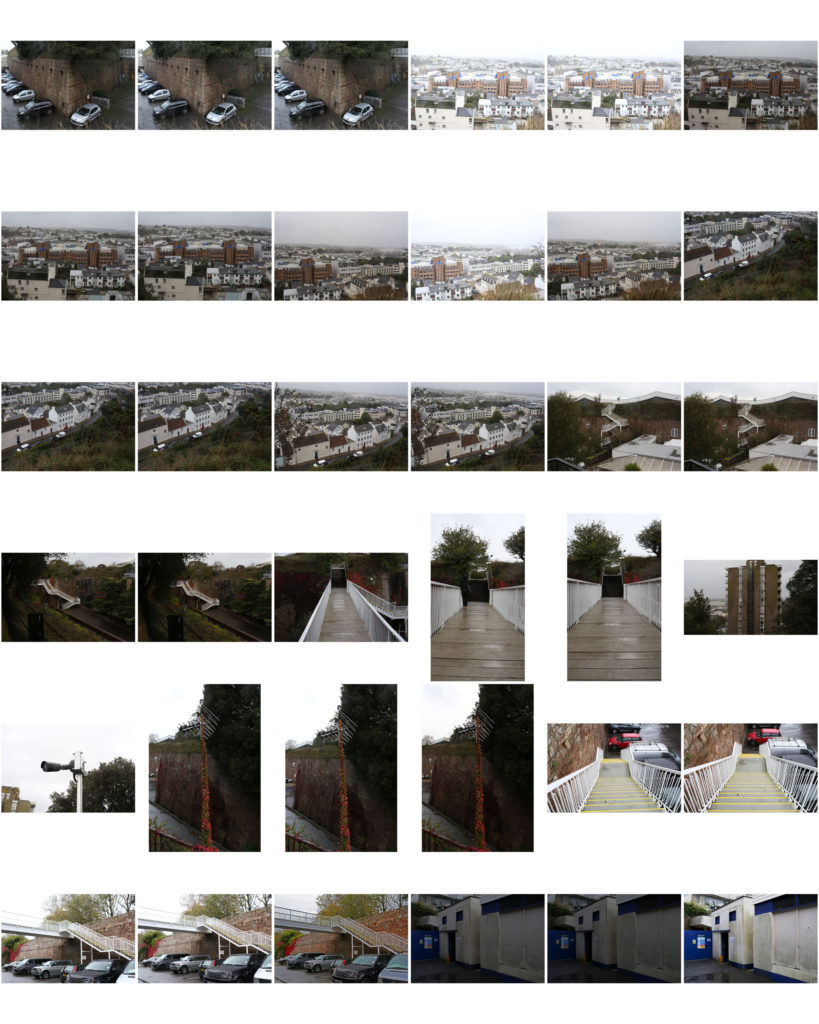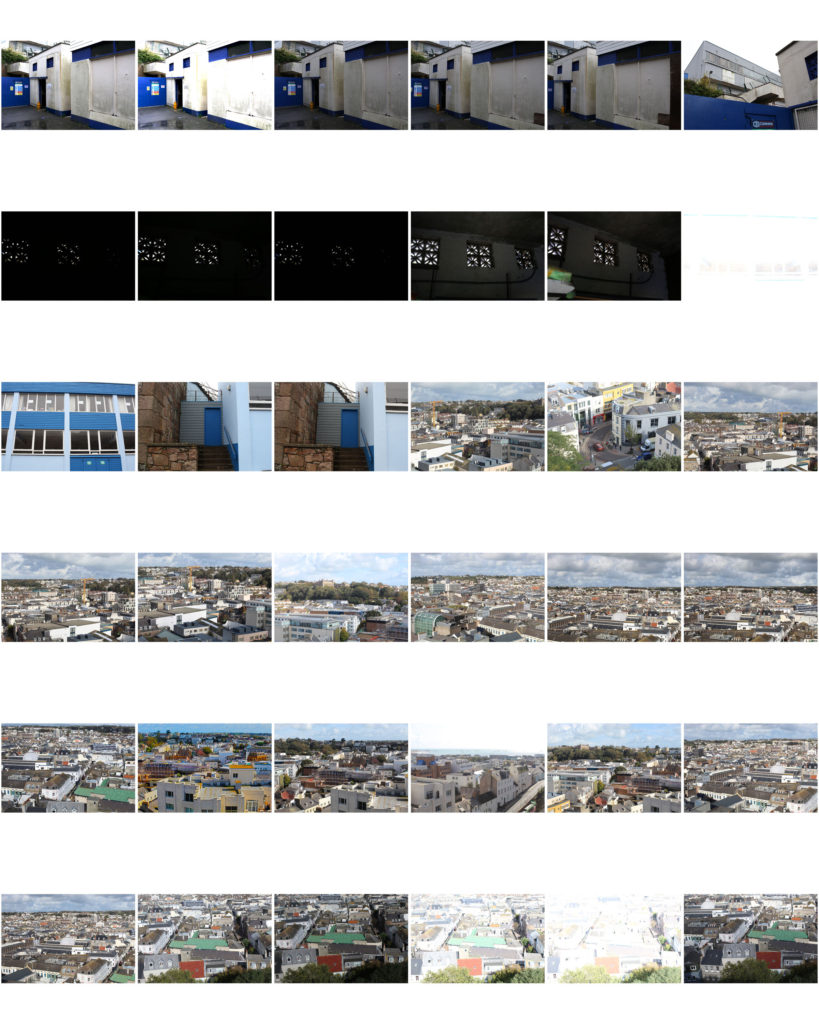For my final images I selected the images from a variety of photo-shoots
- Black Light
- Romanticism
- Urban/ The New Topographies
Black Light

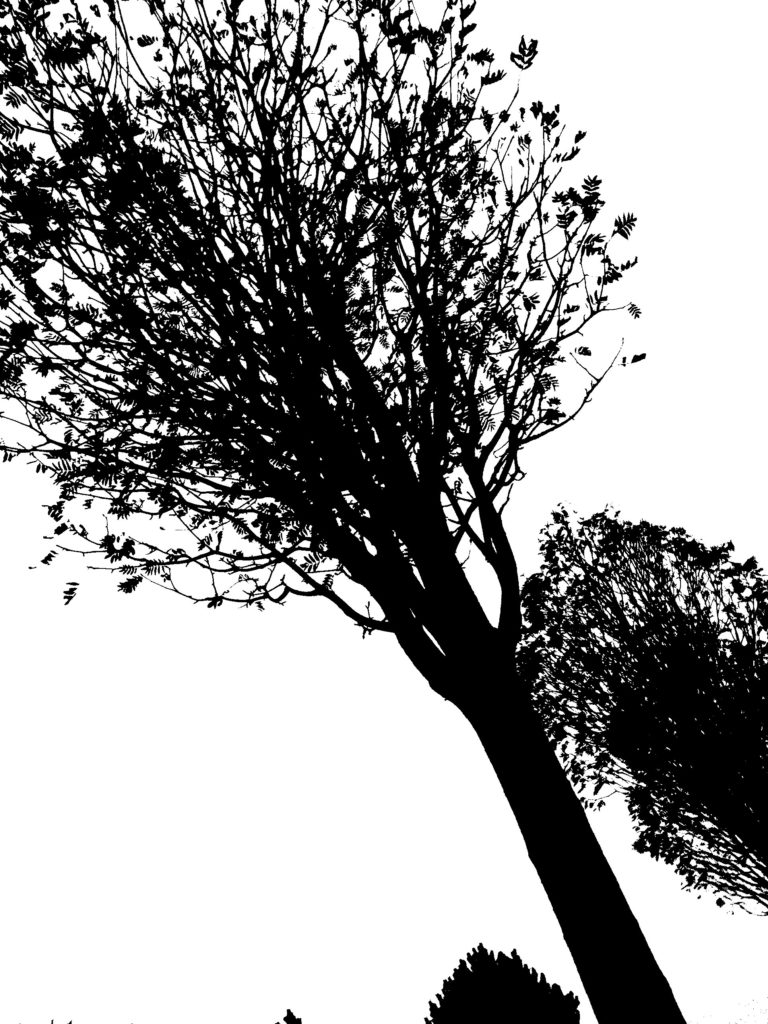
I chose these Blacklight’s images as I liked the contrast shown; I also thought that these were the pictures that worked the best as they have the right amount of detail and texture. I also think that these pictures resemble my photographer as especially my first two images look abstract.
Urban / The New Topographies
I chose this as one of my final images as I thought it worked the best from my Urban photoshoot. I think this resembles Thomas Struth well due to the symmetry of this image, similar to his work, Struth shows the beauty of urban landscapes through the use of geometric shapes; which I think I have shown in my image.
Romanticism

I chose the this image as I think this was my best image through my entire process until now. Similar to Micheal Kenna’s work, he uses striking and contrasting images in order to convey the idea of the power and beauty of nature.
The Final Outcomes
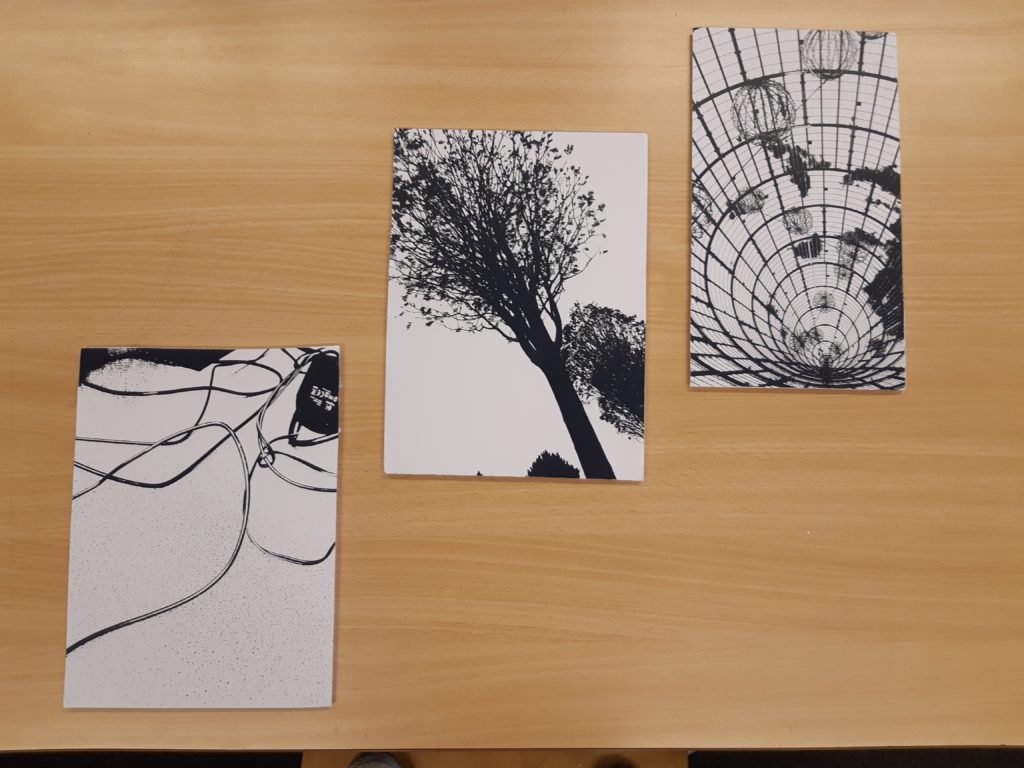
For my Black Light images I decided to place them onto foam boards as this made them stand out compared to just printing out these images. I think this worked well as it makes the images look 3D. I decided to take this photos together in this format as it outlined the geometric shapes of the photographs.
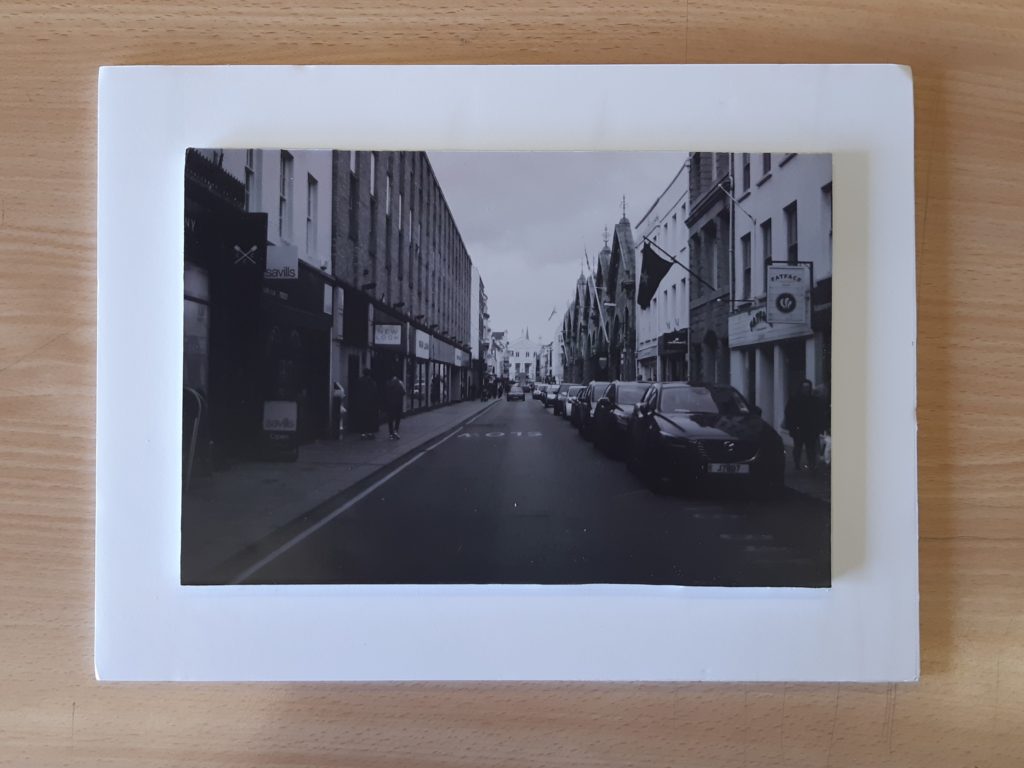
For this image, I decided to create a foam boarder, here I placed foam onto the back of my image then placed it on the another piece of foam. This also adds a 3D effect onto my image due to the shadows shown.
For this image I decided to use a Black window mount, I think that this worked really well due to the contrast between the highlights in the image and the black window mount. I think that this is a simple but effective method as it allows the audience to focus on the image without getting distracted from anything else that might have been added.


